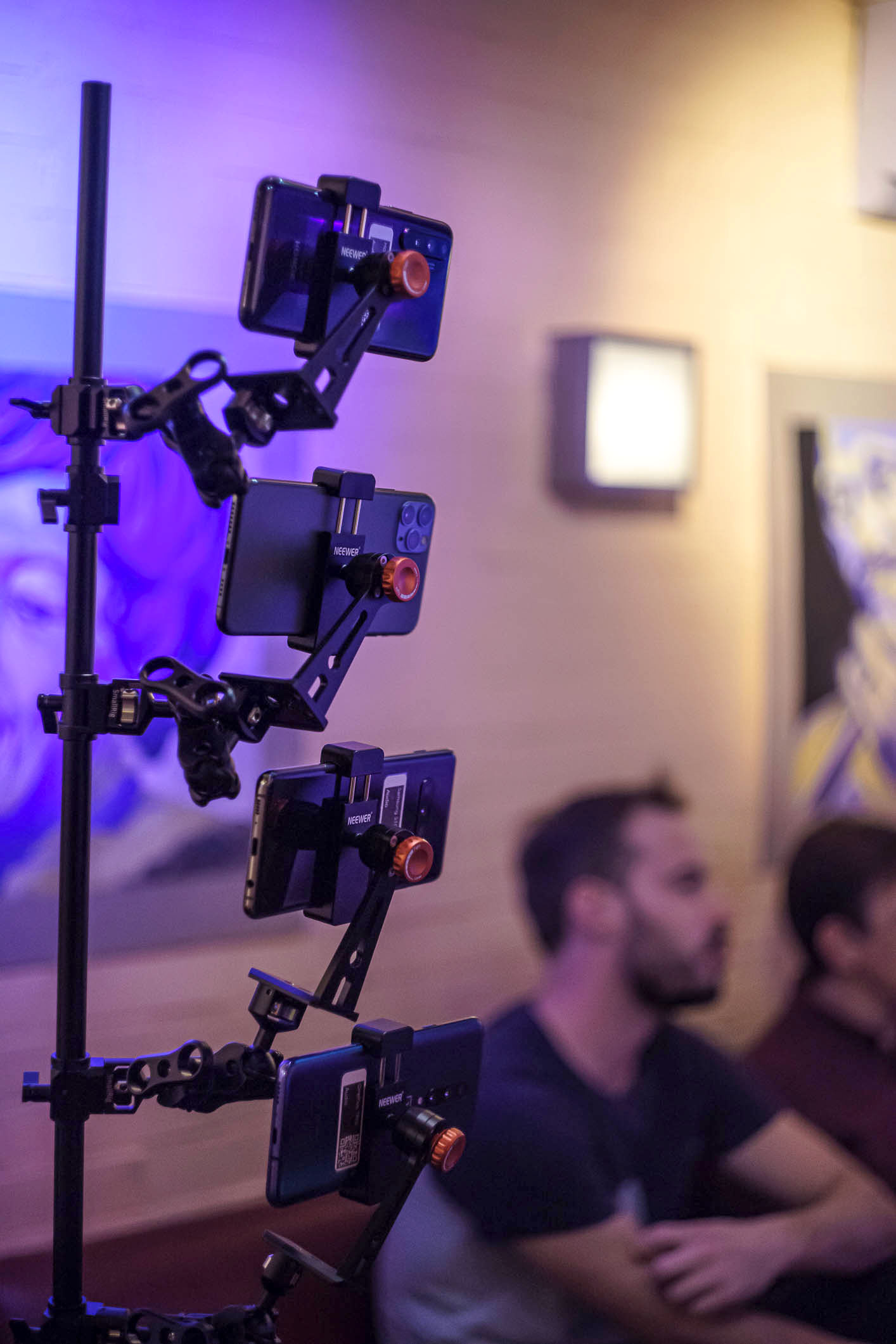When manufacturers launch new smartphone models, they usually greatly emphasize camera technology and performance, display size, and quality or processing power. They tend to talk far less about audio technology and performance, and despite big performance differences between devices, consumer awareness of audio performance is lower than for other smartphone characteristics.
This is why in October 2019, we launched DXOMARK Audio, a smartphone audio test protocol that provides comprehensive, neutral, and reliable test data about smartphone audio recording and output quality that mirrors the ways consumers use their smartphones, along with a testing and benchmarking methodology that measures results in a repeatable way. (For more information, please read our articles on how we test Audio Playback and Recording and have a look at our DXOMARK Audio reviews and ranking.)
To illustrate the differences in audio recording between some current smartphone models, we replicated one of the most common smartphone audio use cases and sent the DXOMARK Audio team to the Sunset Jazz Club in Paris to record a concert of the Vincent Touchard Quintet. For this little experiment, we mounted four smartphones—the Honor 20 Pro, the iPhone 11 Pro Max, the OnePlus 7, and the Samsung Galaxy S10+ —on a stand and placed the rig at a distance from the musicians that would allow us to include the whole stage in the video frame.

We then used the camera apps at default settings to record the performance, and as you will hear when playing back the video below, there are quite noticeable differences in terms of treble, mid-range, and bass balance between the devices. There is noticeable distortion, for example, with bass or when the volume of the saxophone or other instruments increases. (Please use headphones to listen to this clip, as the differences will be much less noticeable when listening on PC or smartphone speakers.)
The Apple iPhone 11 Pro Max clip shows good overall timbre frequencies and we can hear that there is more emphasis on treble than on the other devices. On the OnePlus 7 Pro, the overall level is noticeably higher than on the other devices, but there is also an aggressive compression, and we can hear a variation in level when the drummer hits the cymbal, which somewhat distorts the original sound experience.
The Samsung Galaxy S10+ goes the other way with a lower level versus the comparison devices, but provides an overall good tonal balance, with a great mix between bass, midrange, and treble. The Honor 20 Pro arguably delivers the worst performance in this comparison. A lack of bass means that the tonal balance leaves room for improvement, and the sound of the snare drum is not preserved well at all.
This goes to show that there should be just as much focus on smartphone audio quality as there is on camera, display, and other components, especially for users who frequently record videos or voice memos.
For reference, you can also listen to a similar piece by the same band that was recorded with professional equipment here. You can find all our DXOMARK Audio reviews in the smartphone section of our website.

 English
English 中文
中文

DXOMARK invites our readership (you) to post comments on the articles on this website. Read more about our Comment Policy.